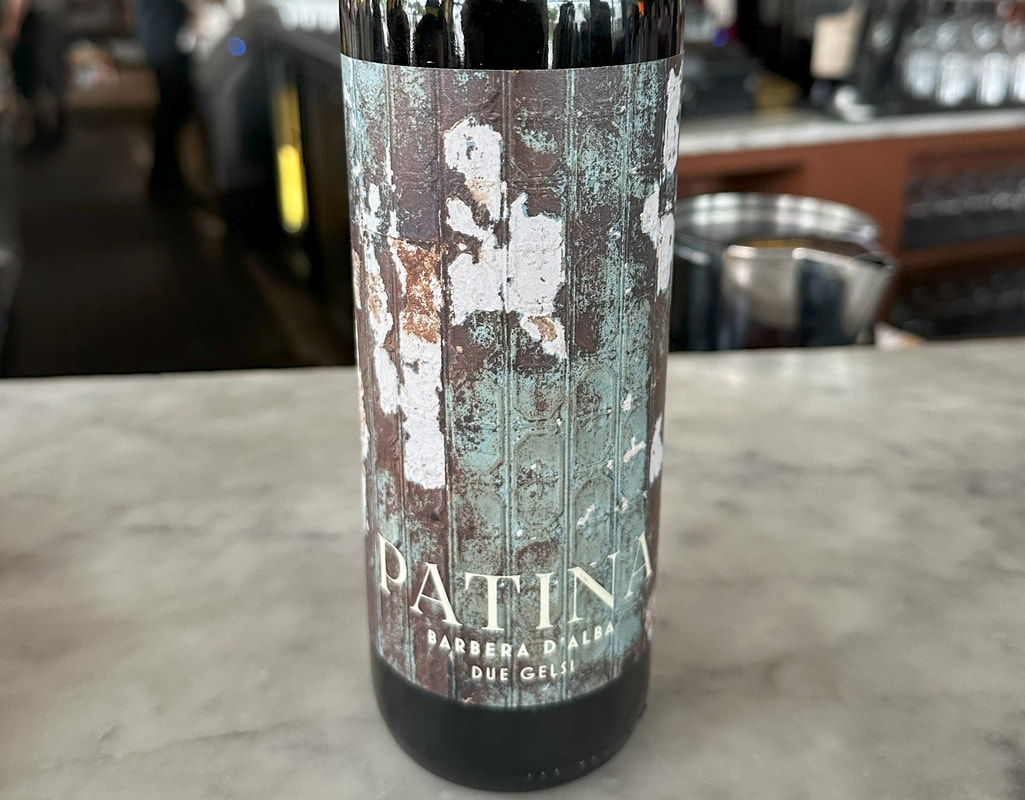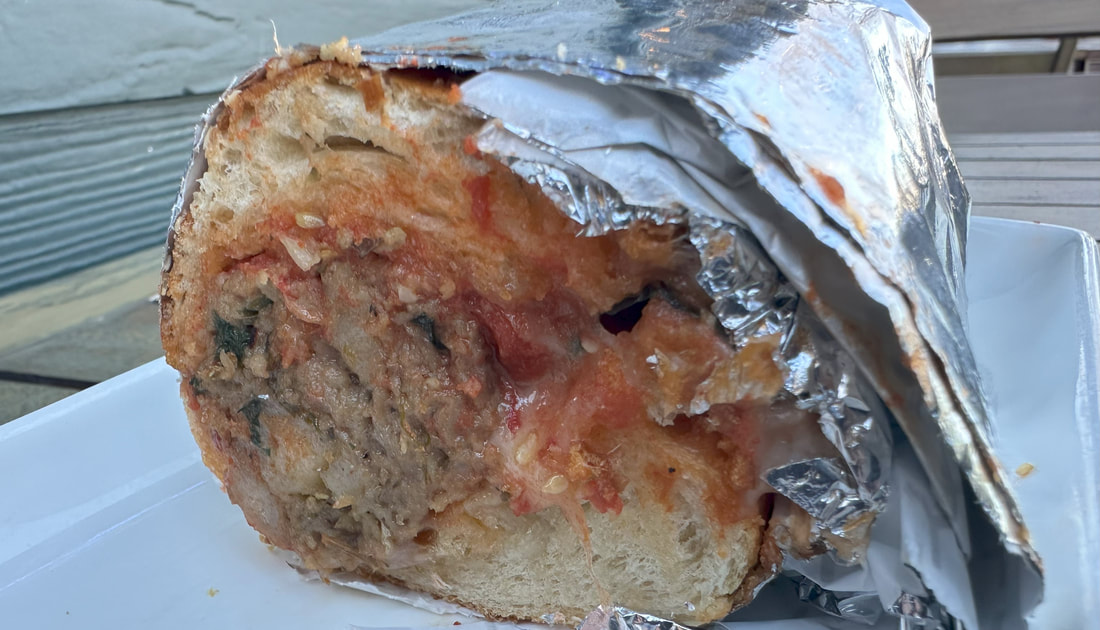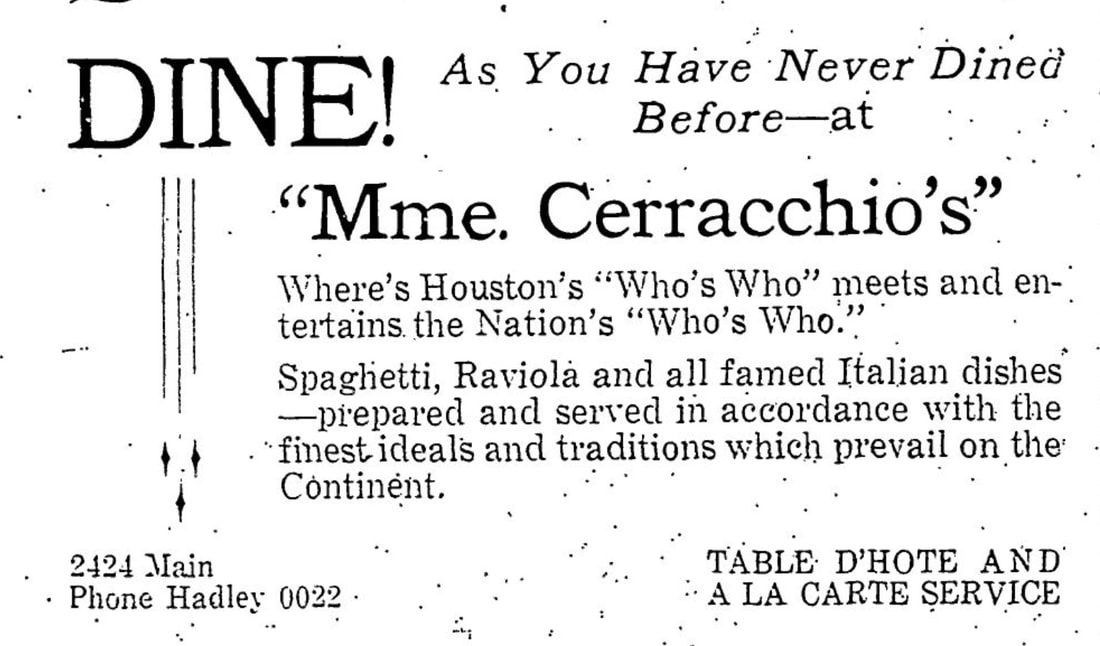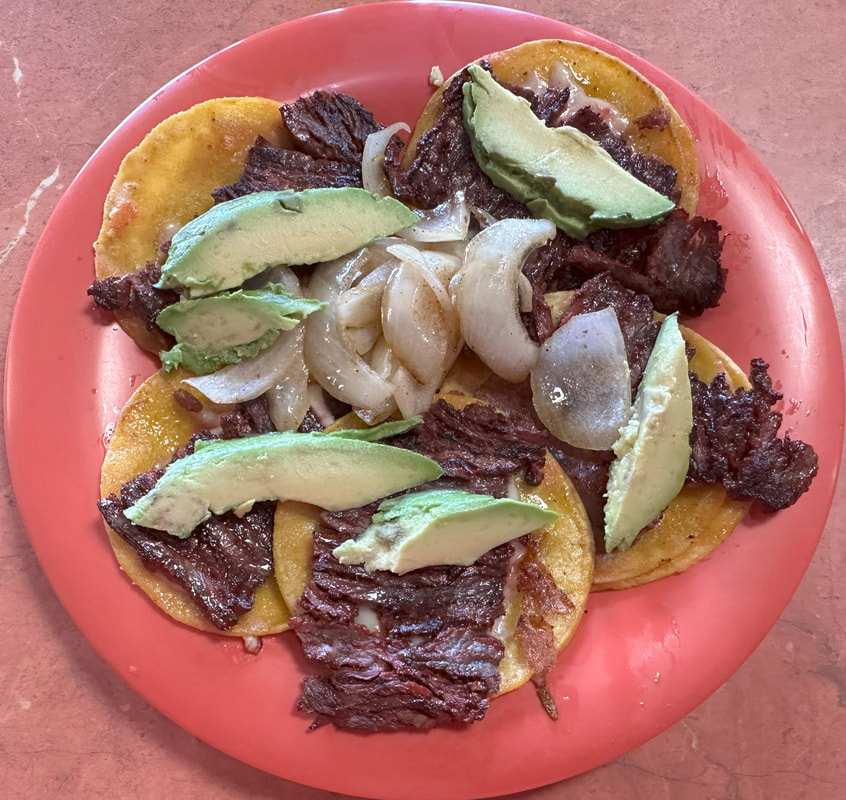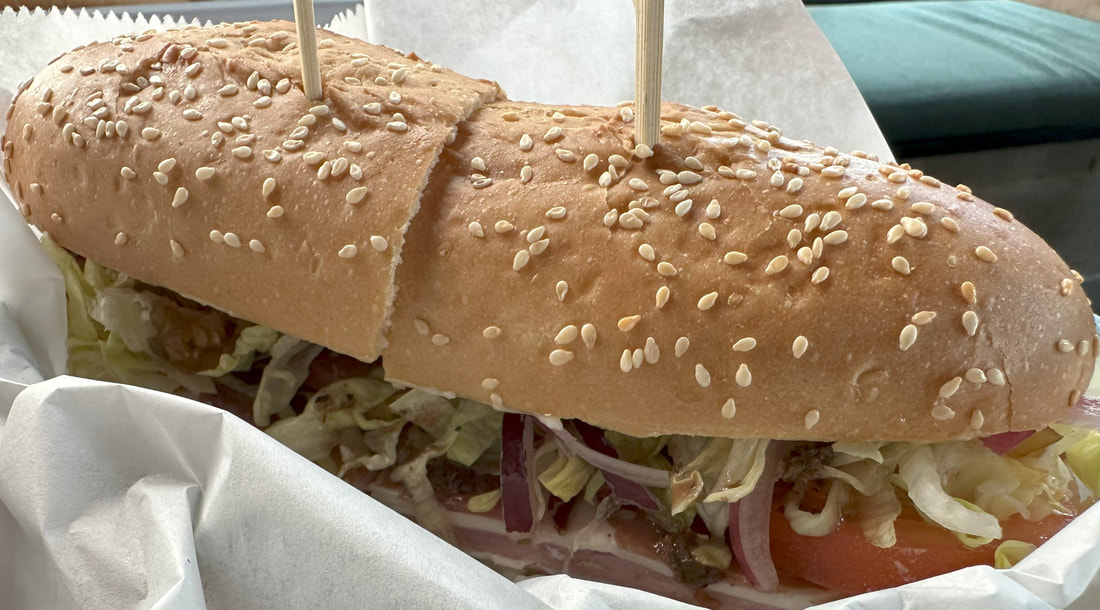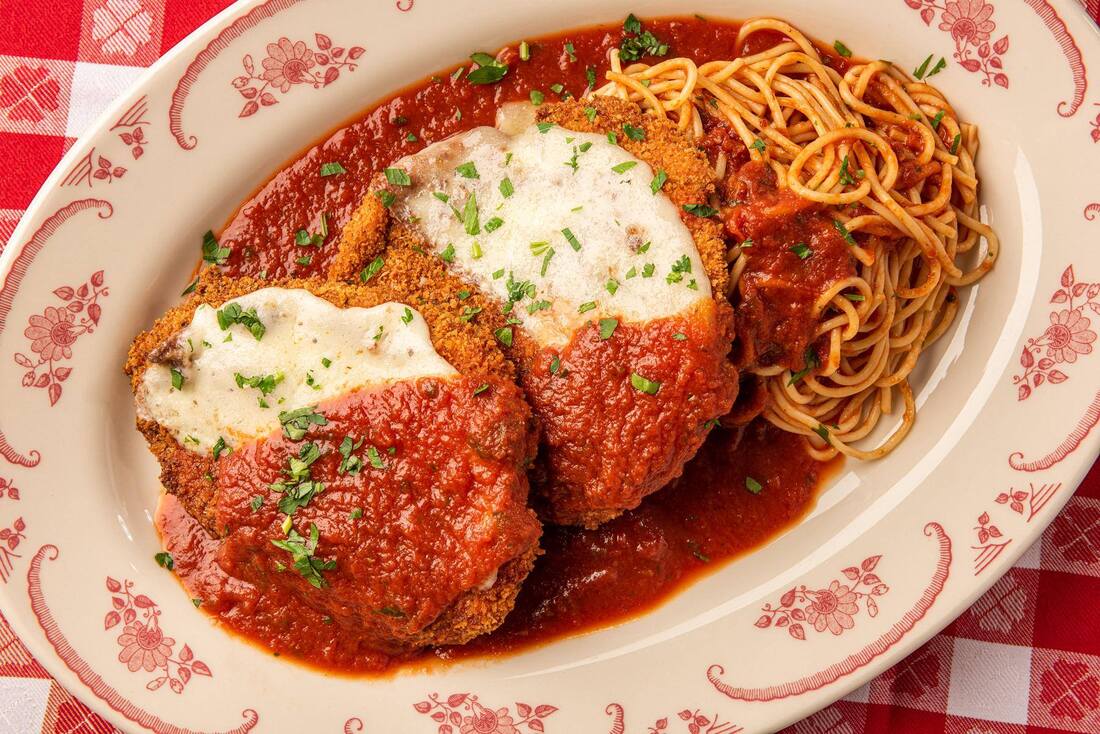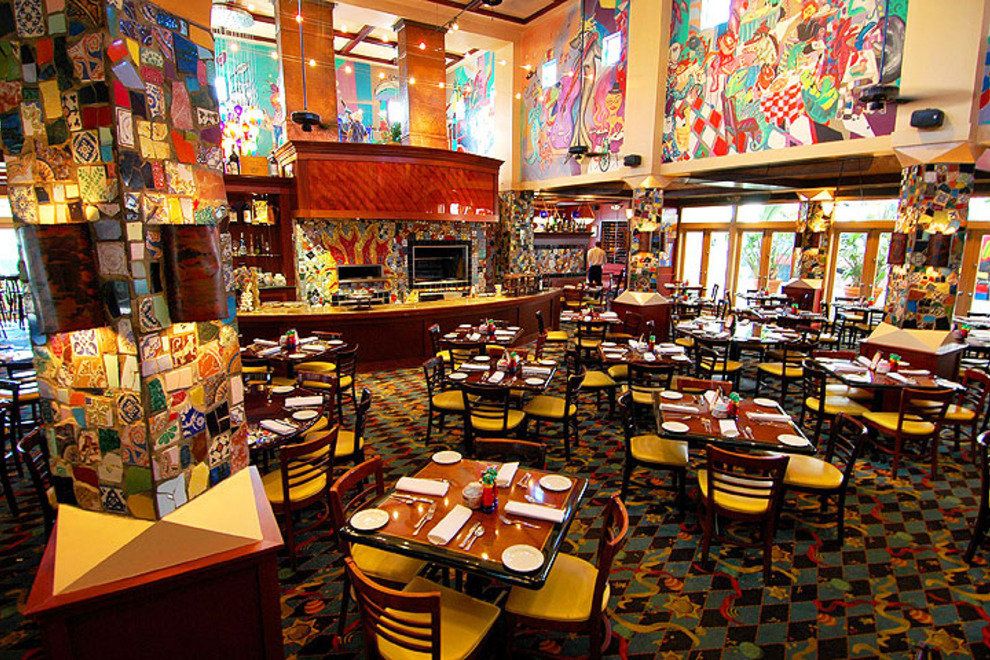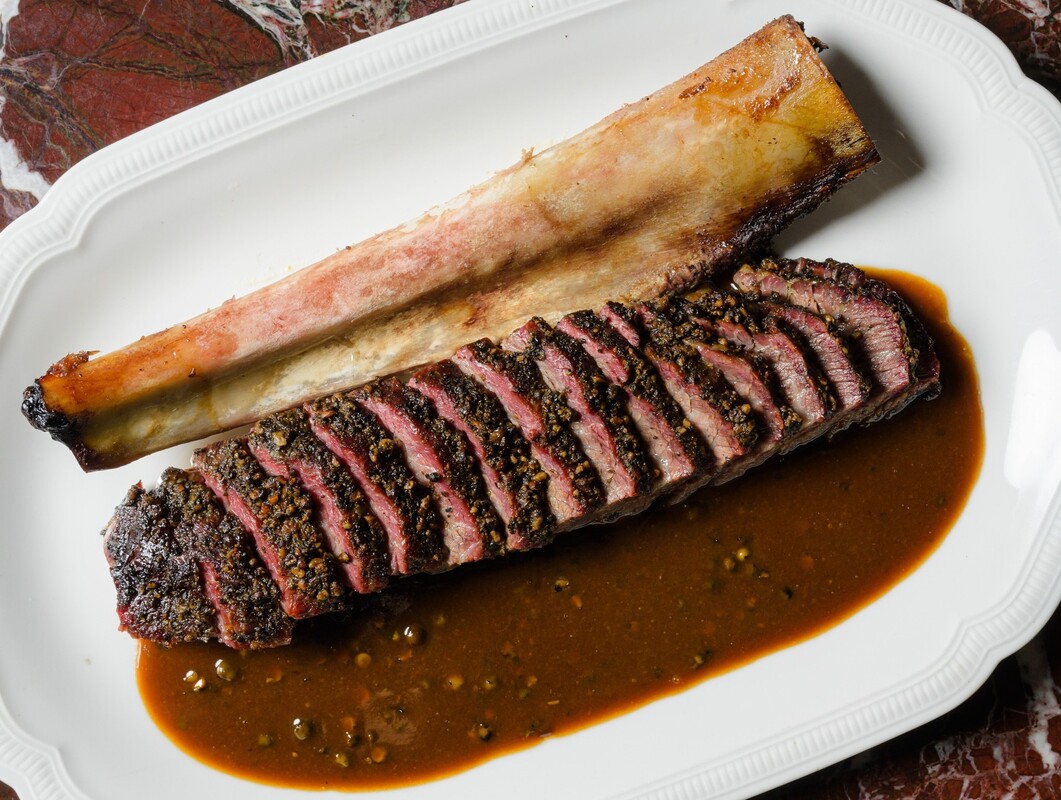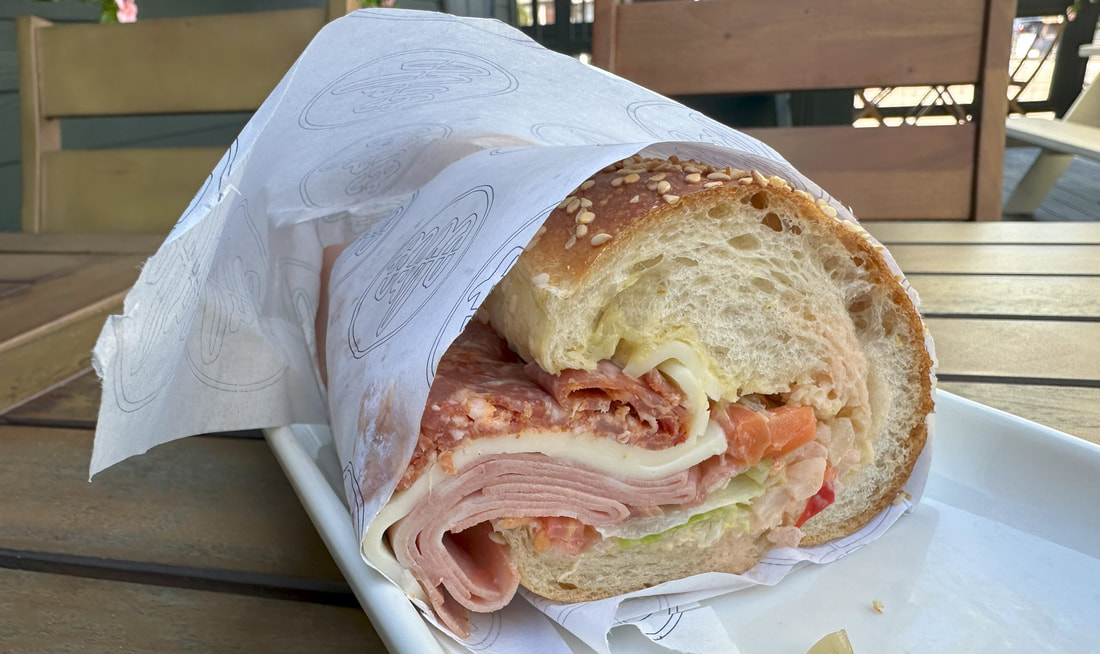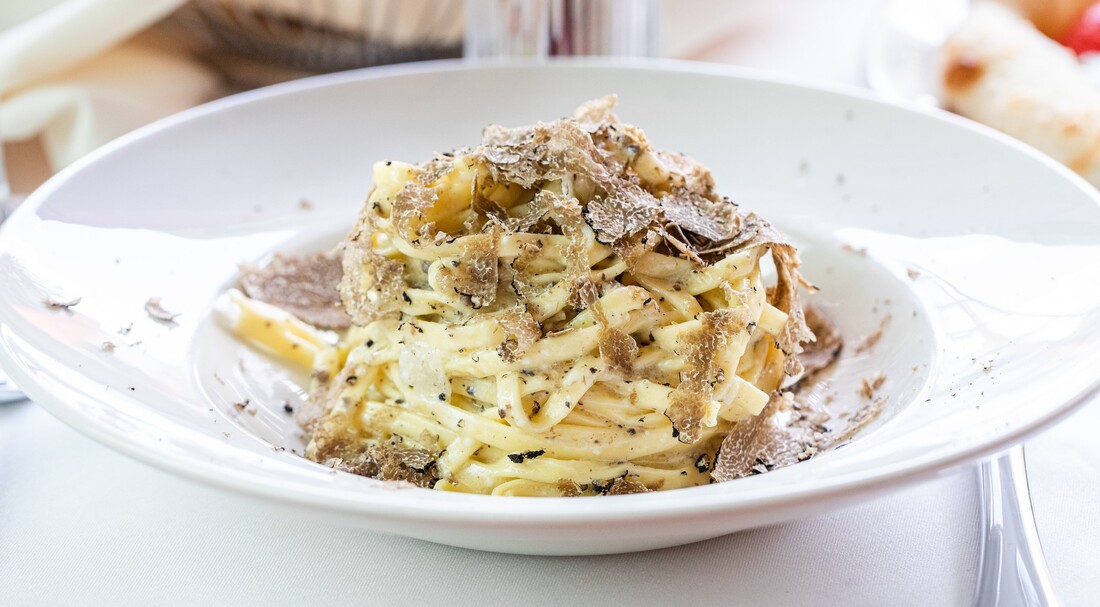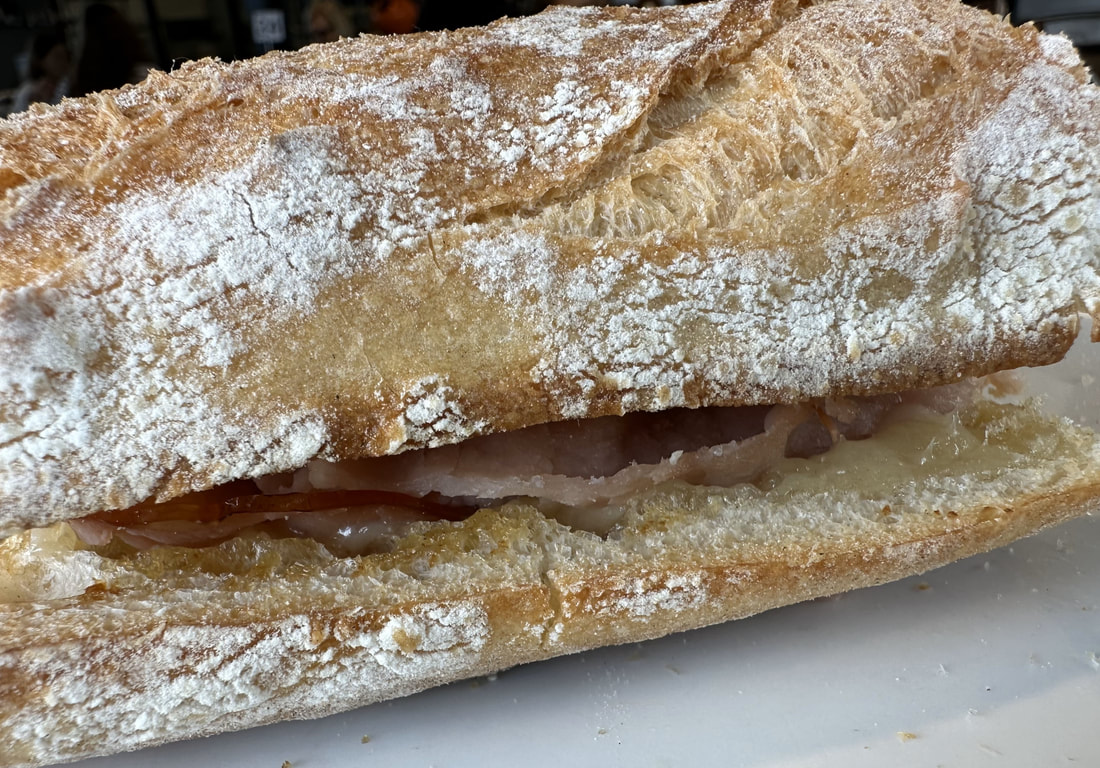This will readily appeal to most fans of Italian reds and it has also resonated with a big range of red wine drinkers at 13 Celsius. This is truly a house wine, too. It is made by Guidobono, which produces several wines including a Barolo in the Langhe and Roero in Piedmont, exclusively for 13 Celsius under the Patina label and found nowhere else. You’ll notice that the label features a photo of the distressed tin tile ceiling at the bar that might not quickly be noticed after the second glass. The Patina Due Gelsi Barbera d’Alba is $13 for a full pour, and $7.50 for 3-ounce half pour.
13 Celsius
3000 Caroline (just north of Elgin), 77004, (713) 529-8466
13celsius.com
